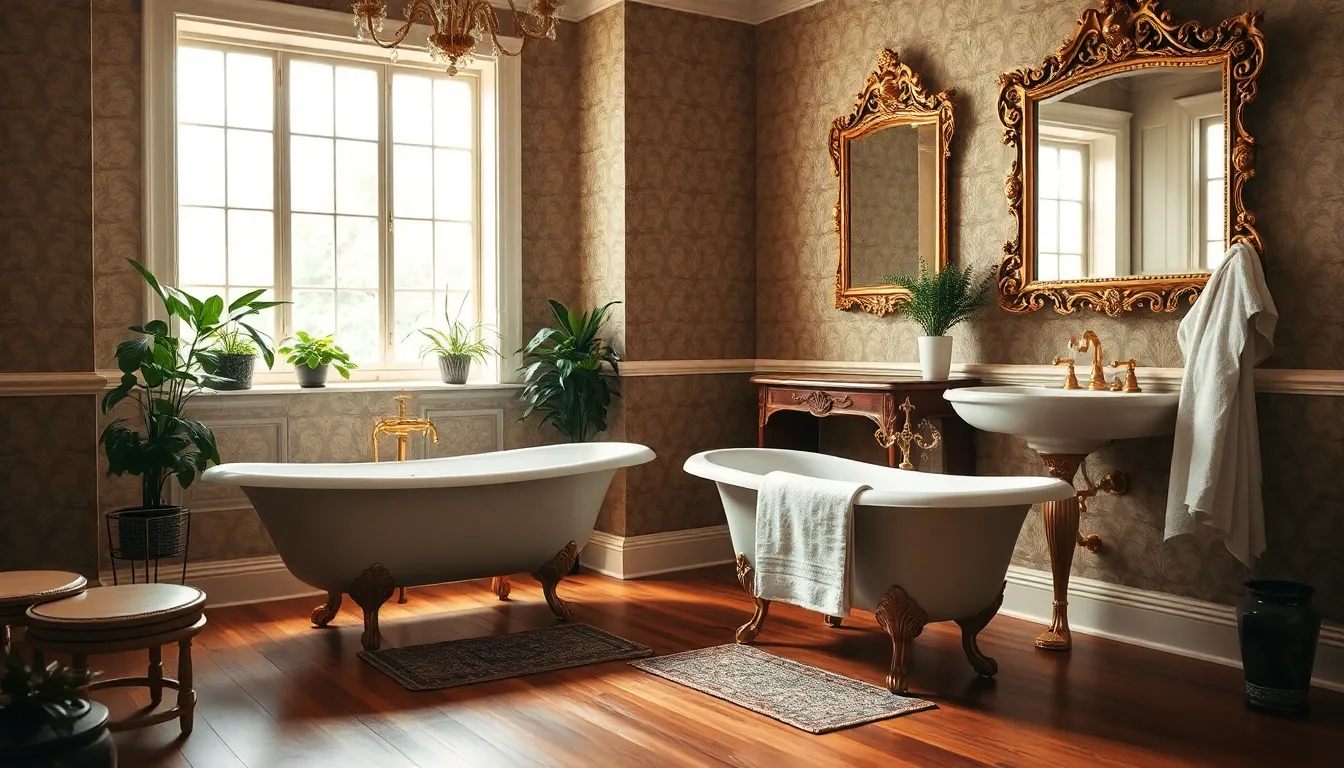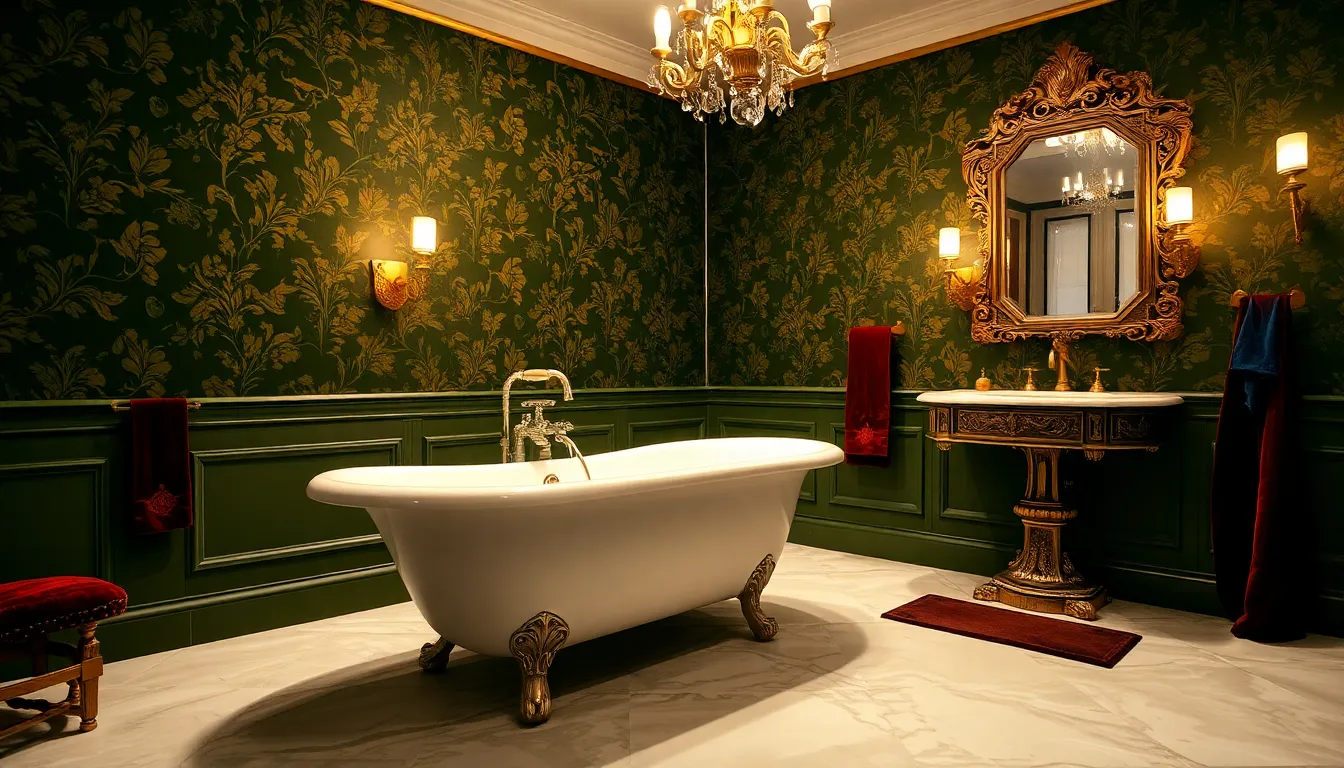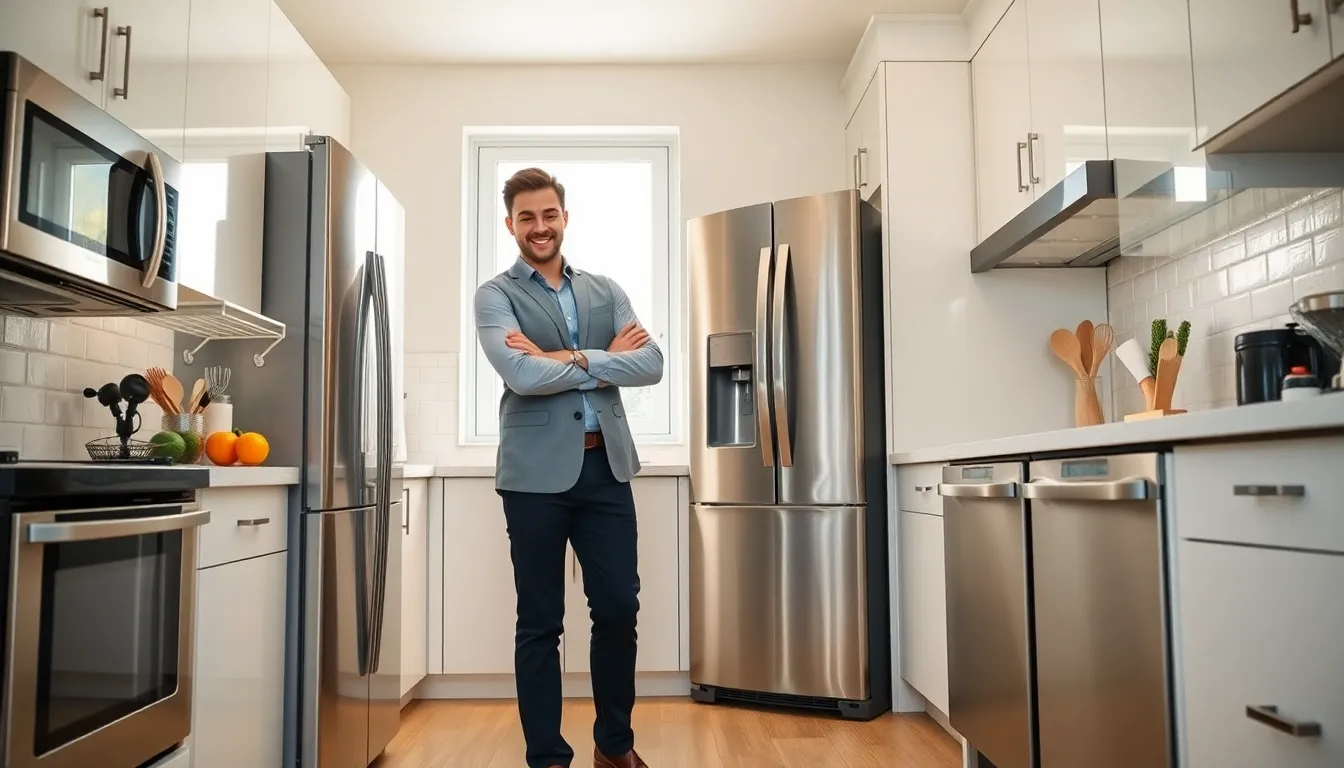Victorian bathrooms – they’re not just rooms: they’re historical tapestries woven with luxury and innovation. Imagine stepping back into a world where bathing was an art form, not merely a chore. In the Victorian era, bathrooms transformed from simple utilitarian spaces into extravagant retreats. If you think bathrooms can’t be stylish, you’ve clearly never experienced the opulence of a Victorian one. Get ready to plunge into a time when plumbing was revolutionary and aesthetics were paramount.
Table of Contents
ToggleVictorian Bathrooms

The Victorian bathroom emerged during the reign of Queen Victoria, from 1837 to 1901, a period defined by remarkable social change and technological advancement. This era witnessed the shifting perspectives around personal hygiene and accountabilities of public health, leading to significant transformations in residential design. These bathrooms weren’t just places for washing away the day’s dust: they were reflections of wealth, character, and sophistication.
The significance of Victorian bathrooms extends beyond mere aesthetics. They embodied the shifting cultural norms, where bathing was not just a necessity but a leisure activity. So, they played a pivotal role in defining luxury in the home, showcasing intricate designs, lavish details, and advanced plumbing innovations, which were indeed cutting-edge for their time.
Key Features of Victorian Bathroom Design
Victorian bathrooms are characterized by their distinctive and elaborate designs. From their bold colors to their ornate fixtures, every detail invites admiration.
Materials and Colors in Victorian Bathrooms
Plush textiles and dark woods often dominated the color palette of Victorian bathroom designs. Rich colors such as deep greens, burgundies, and royal blues would frequently grace the walls, often enhanced with patterned wallpapers. Marble surfaces, large porcelain sinks, and intricate mosaics were commonplace, introducing not only beauty but durability. And let’s not forget the wallpaper – often embellished with floral patterns, it provided a stylish backdrop to these magnificent spaces.
Common Fixtures and Accessories
Victorian bathrooms boasted some pretty impressive fixtures and accessories. Think beautiful freestanding bathtubs, often claw-footed, demanding attention and making a bold statement in the room. Sinks were typically pedestal styles, offering elegance without compromising functionality. Accessories like ornamental mirrors and brass fittings added to the grandeur, while plush rugs and intricate lace curtains completed this lavish environment.
Plumbing and Sanitation Innovations
The Victorian era revolutionized the way bathrooms were constructed and functioned, making way for modern plumbing and sanitation systems that we often take for granted today.
Designing a Modern Victorian Bathroom
Modern interpretations of Victorian bathrooms embrace vintage designs while integrating contemporary conveniences. Imagine a beautiful freestanding tub as the centerpiece, surrounded by ornate lighting fixtures. Modern bathrooms can reflect the grandeur of the Victorian era while incorporating modern sanitation features like efficient drainage and up-to-date plumbing technologies.
Incorporating Vintage Elements
Bringing vintage elements into today’s designs creates a charming blend of old and new. Adding antique mirrors, vintage faucets, or even repurposed furniture can evoke the Victorian essence while ensuring a comfortable and functional space. Authentic pieces can sometimes be found at antique shops or flea markets, making it possible to curate a bathroom filled with personality.
Balancing Style With Functionality
Achieving the perfect balance between style and functionality is essential when creating a Victorian-inspired bathroom. While it is tempting to focus solely on aesthetics, one must prioritize comfort and usability as well. Incorporating adequate storage and ensuring easy access to necessary amenities is critical. Also, smart selections in plumbing fixtures can enhance both the look and functionality of the space.
Lighting plays an important role too. Opt for a combination of natural light and elegant fixtures to create a warm, inviting ambiance. Whether through plush textiles or luxurious materials, striking this balance will lead to a serene space where form meets function.



